Environmental Risk Assessment: Statistical Analysis and Case Studies
VerifiedAdded on 2023/06/03
|9
|1309
|454
Homework Assignment
AI Summary
This document presents a comprehensive solution to an environmental risk assessment assignment. It begins with probability calculations related to fish weight, including the probability of fish weighing within specific ranges and the probability of exceeding or falling below certain weights. The assignment then delves into the probability of malathion concentration in a local river, analyzing the likelihood of concentrations falling above, between, and below specified thresholds. The analysis incorporates statistical methods, including z-scores, to determine these probabilities. Furthermore, the assignment assesses the contamination of land proposed for housing development, outlining an approach to gather data, assess data quality, and determine the suitability of the land. Finally, the assignment evaluates the health risks associated with methylmercury concentrations in fish, describing the hazard, assessing human exposure, and calculating target hazard quotients for different fish species. The solution provides detailed calculations and explanations, demonstrating a thorough understanding of environmental risk assessment principles.
1 out of 9
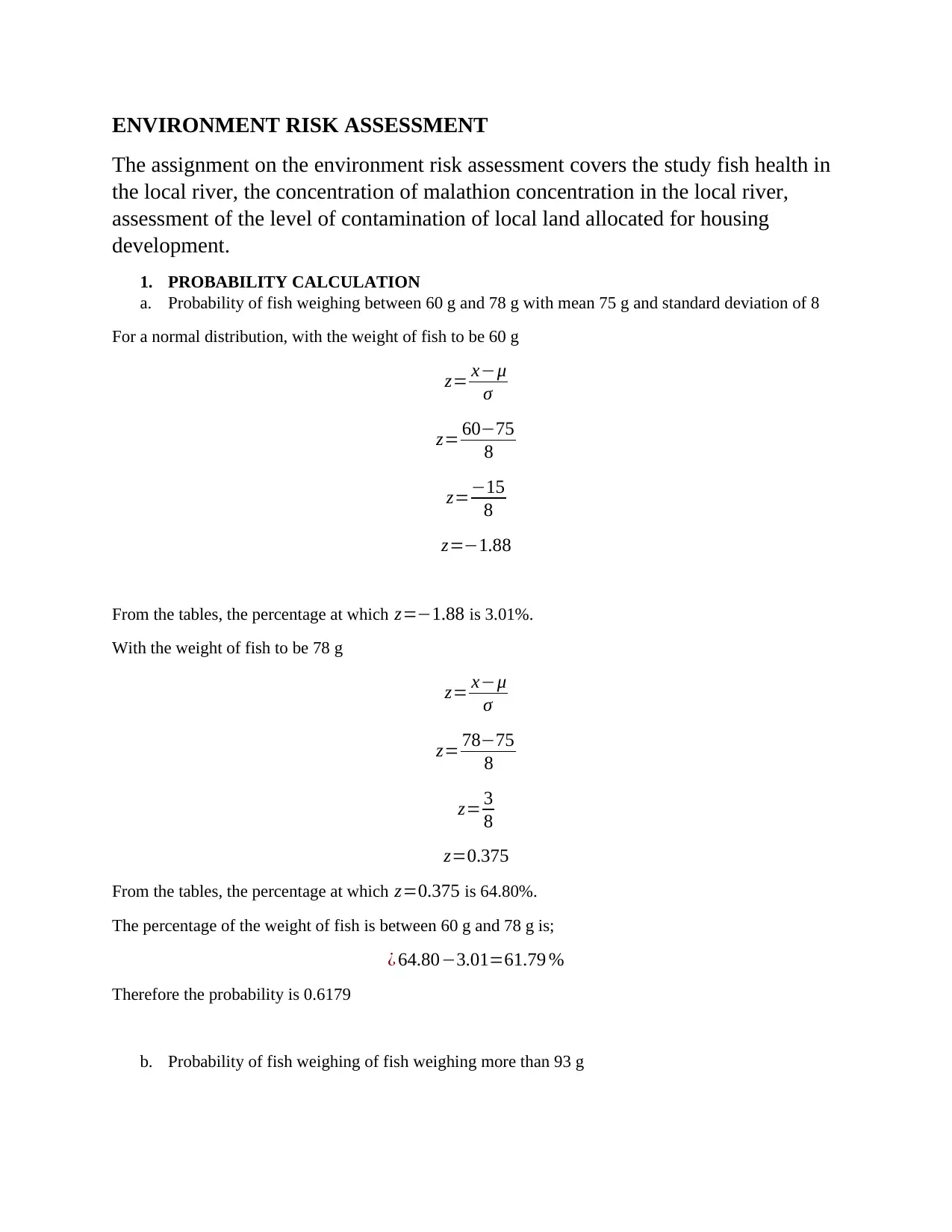
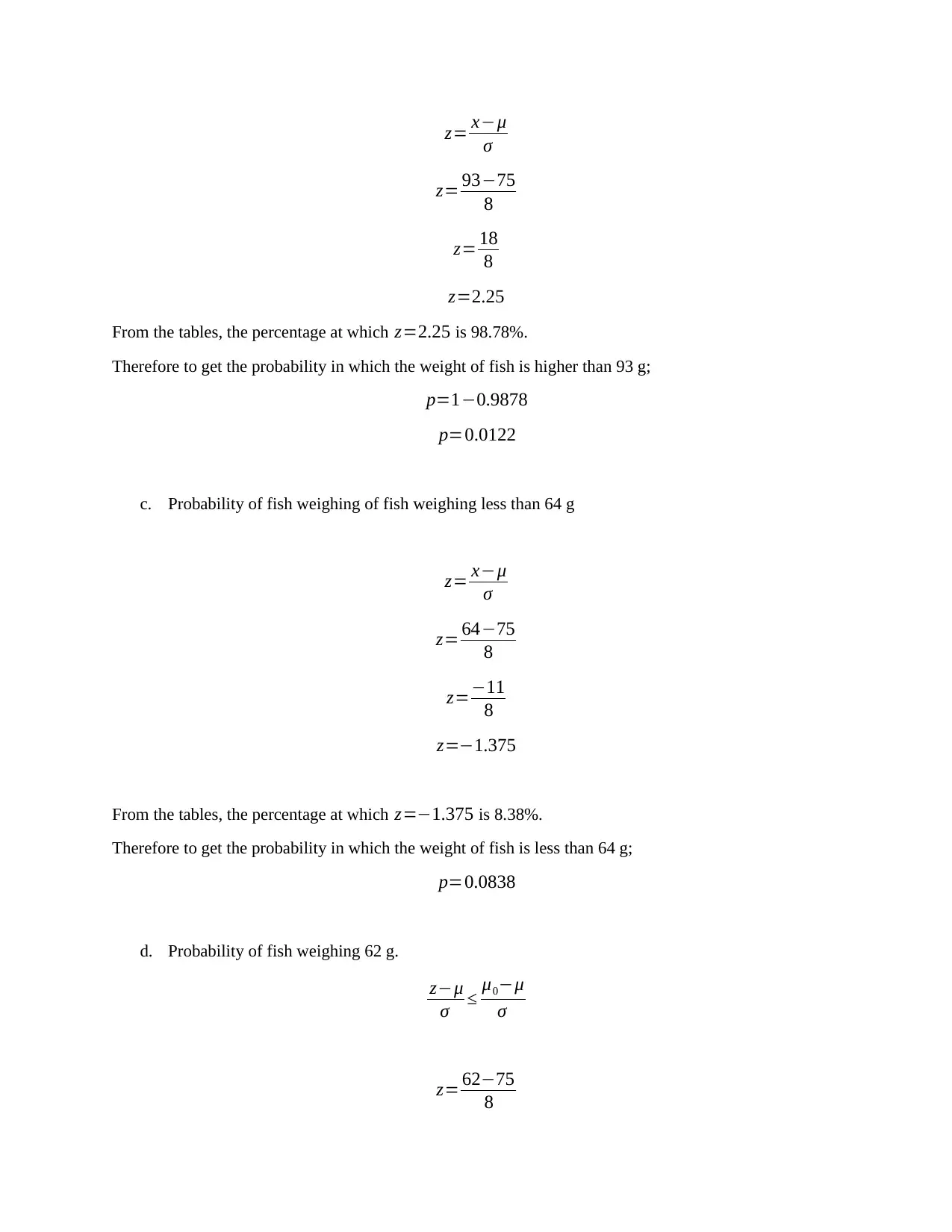
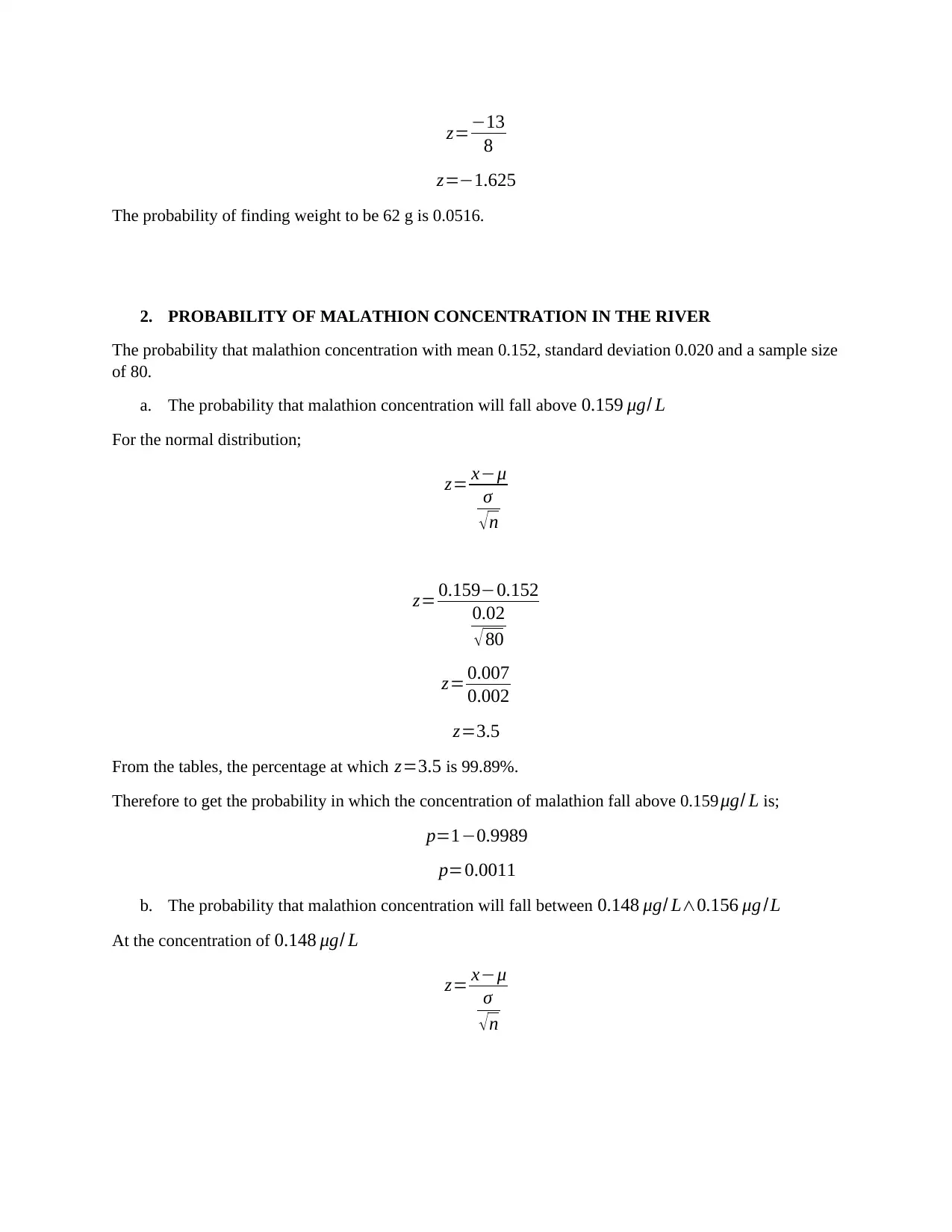

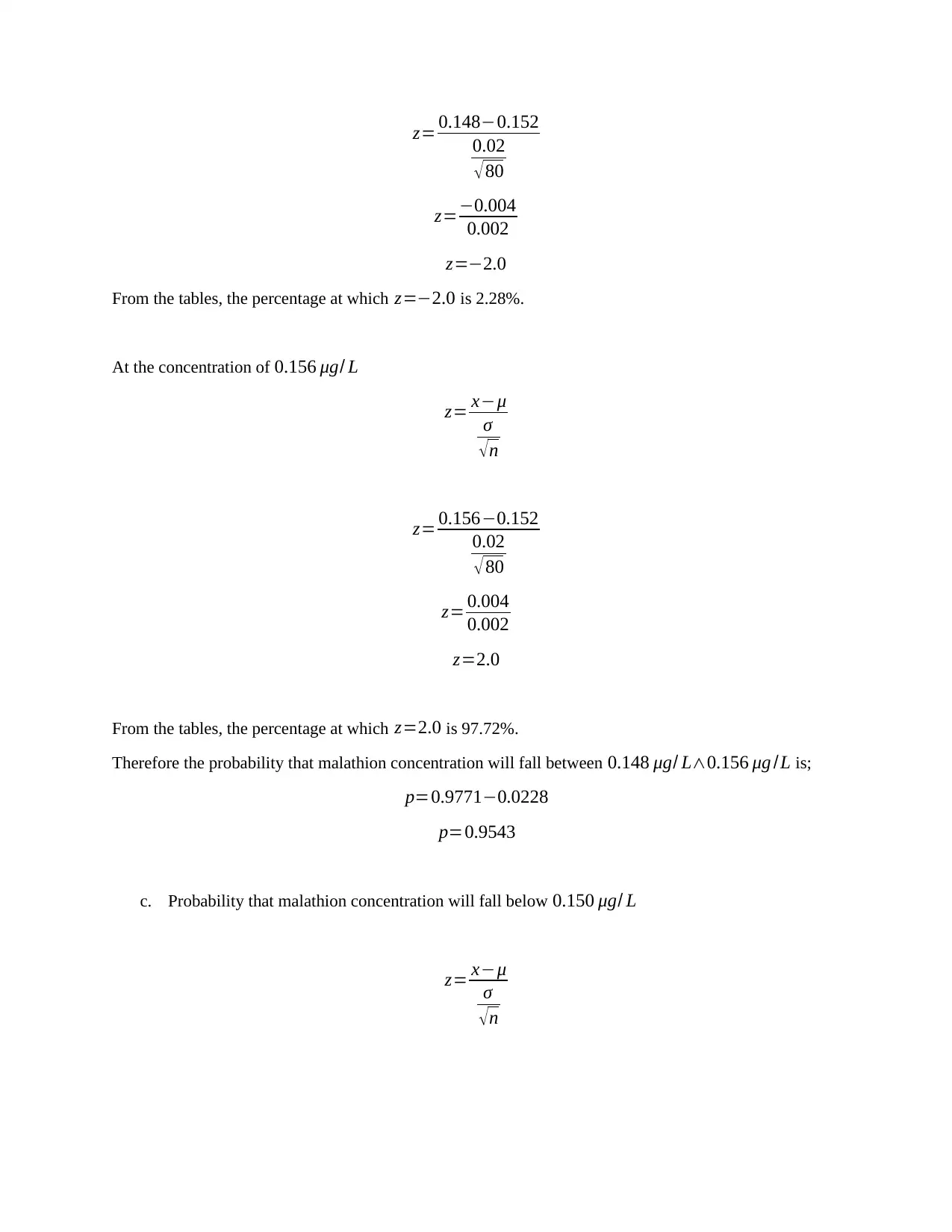
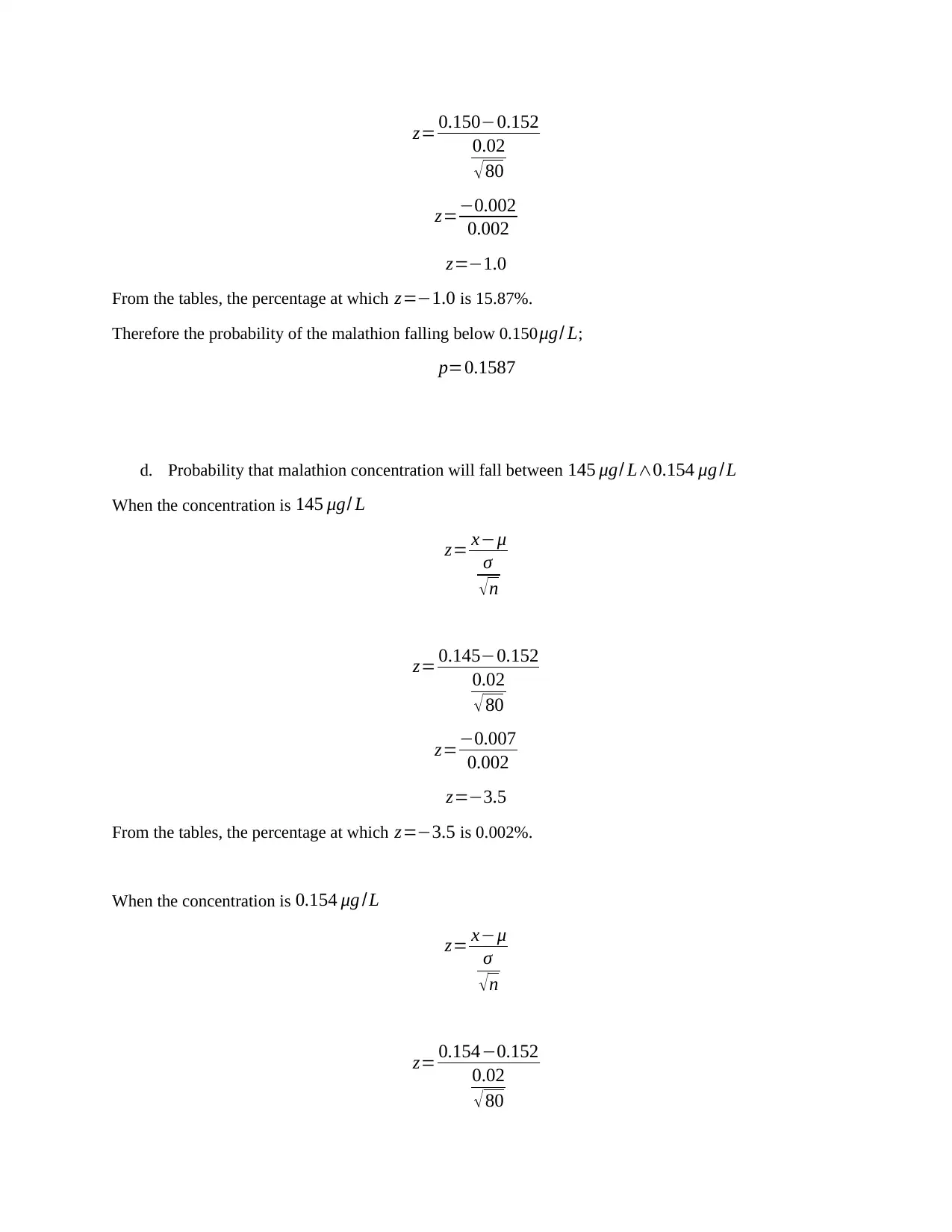
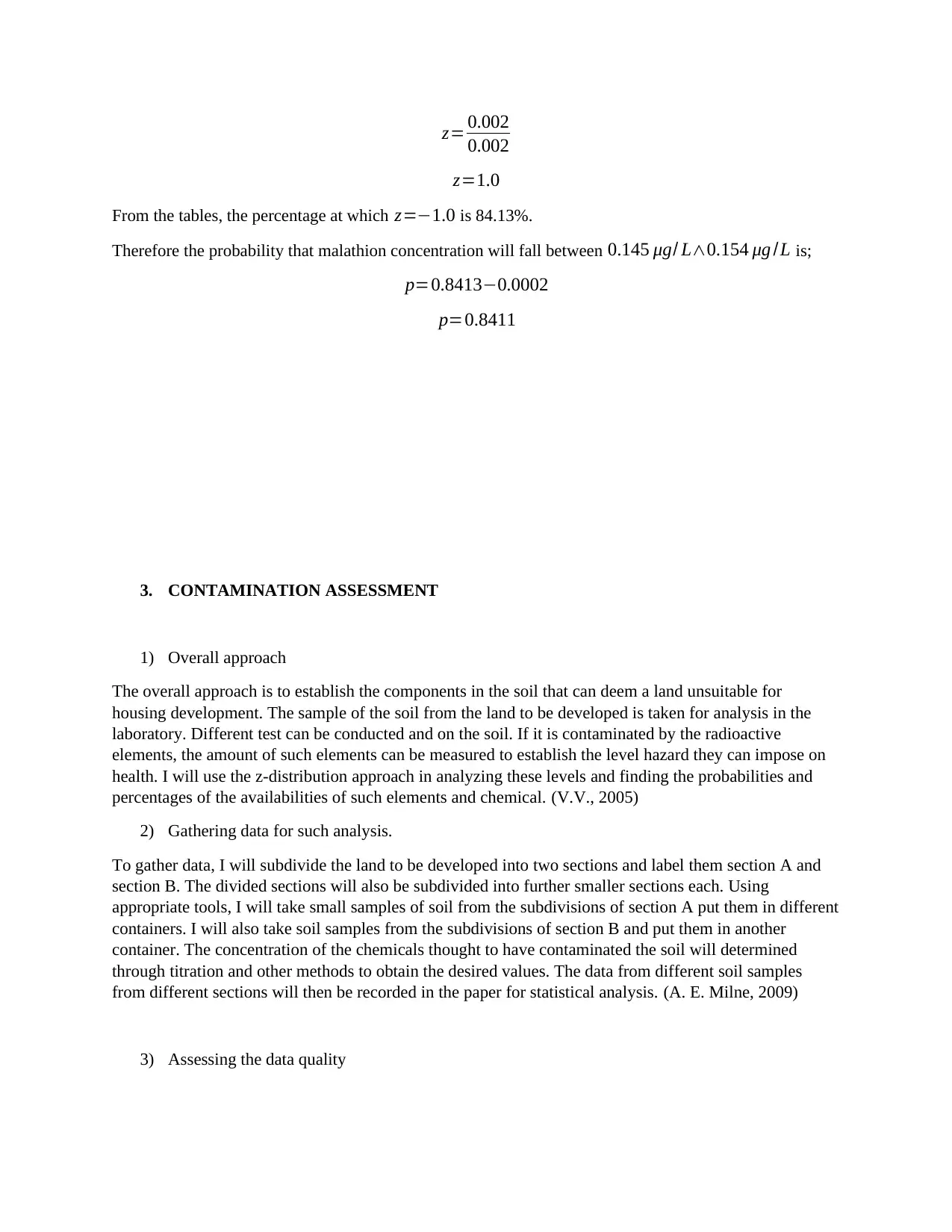
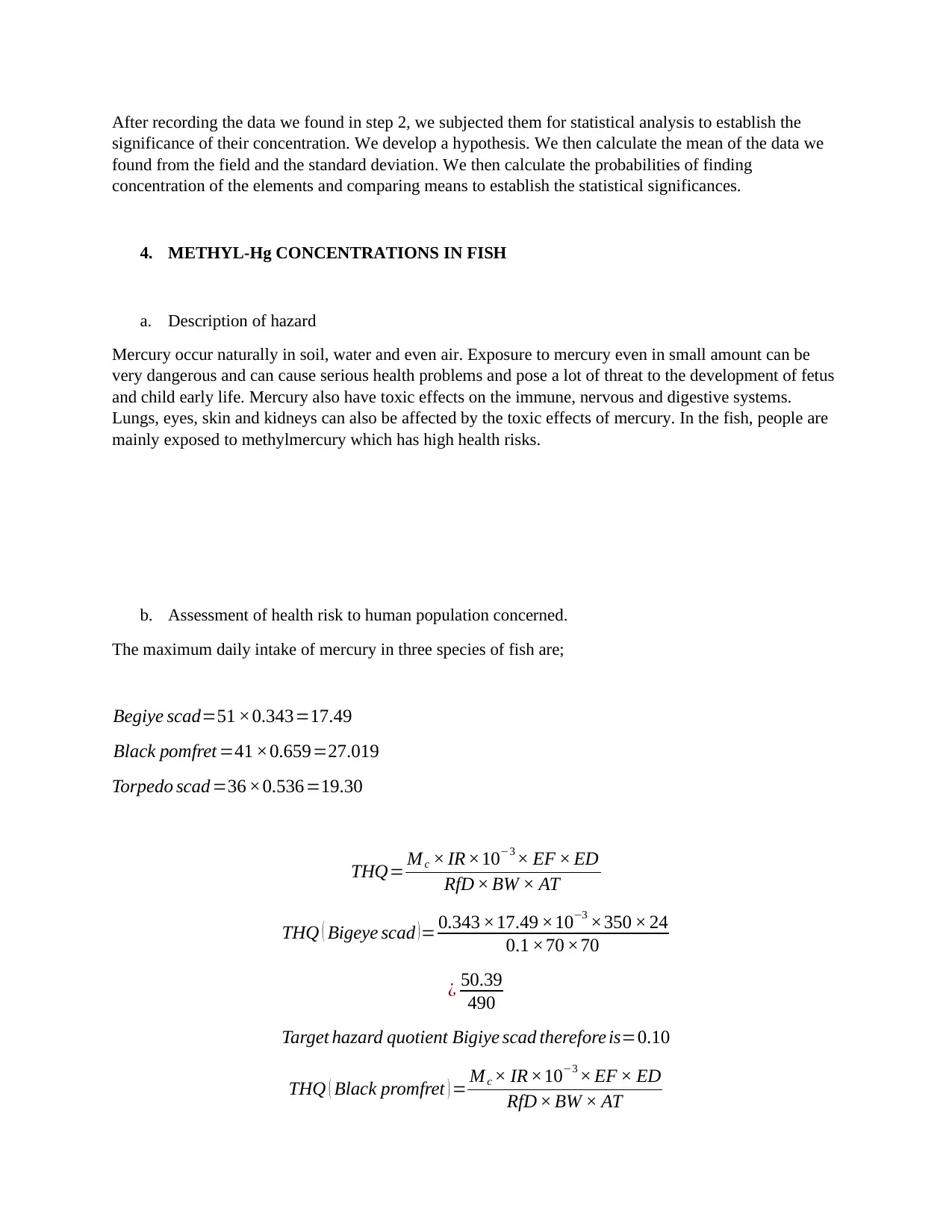
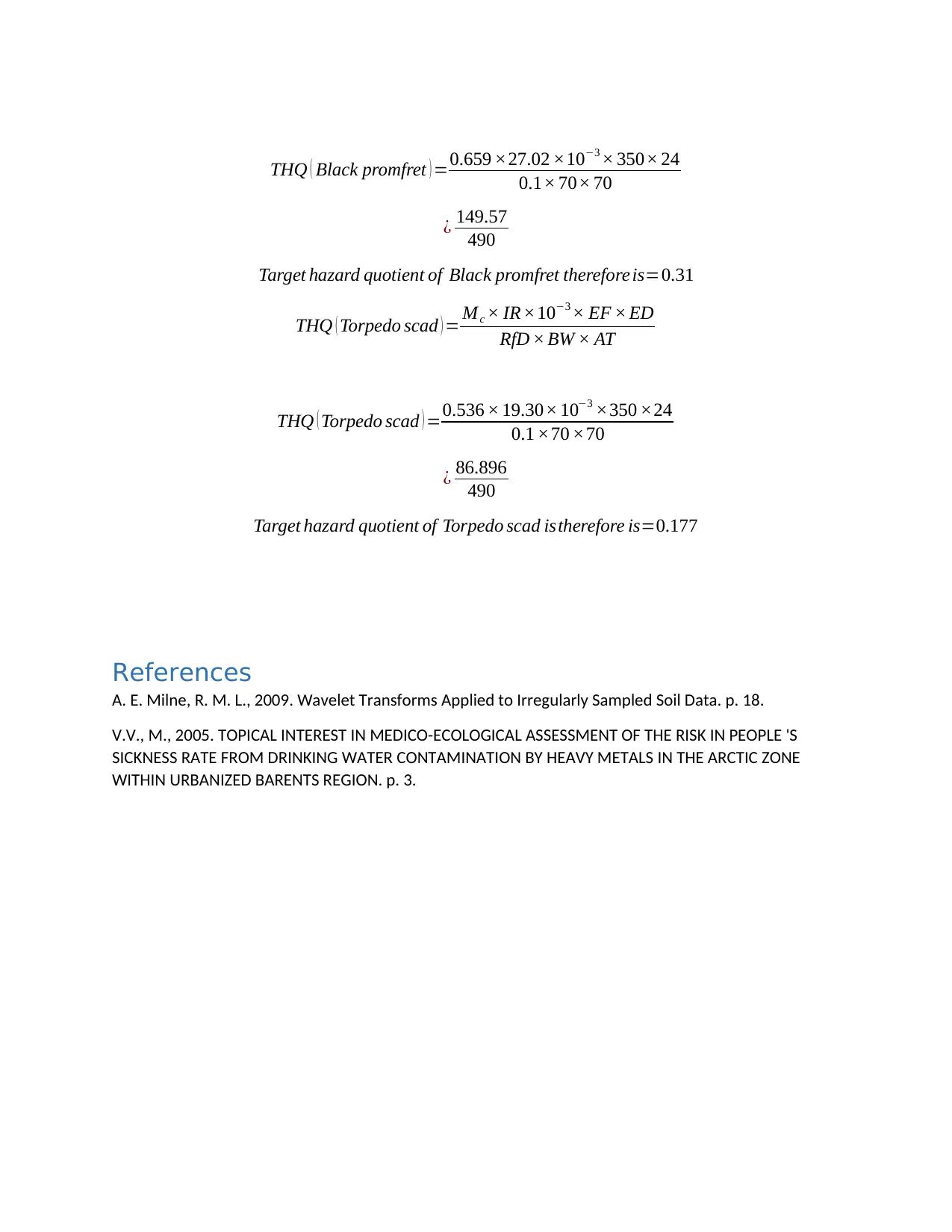

![[object Object]](/_next/static/media/star-bottom.7253800d.svg)